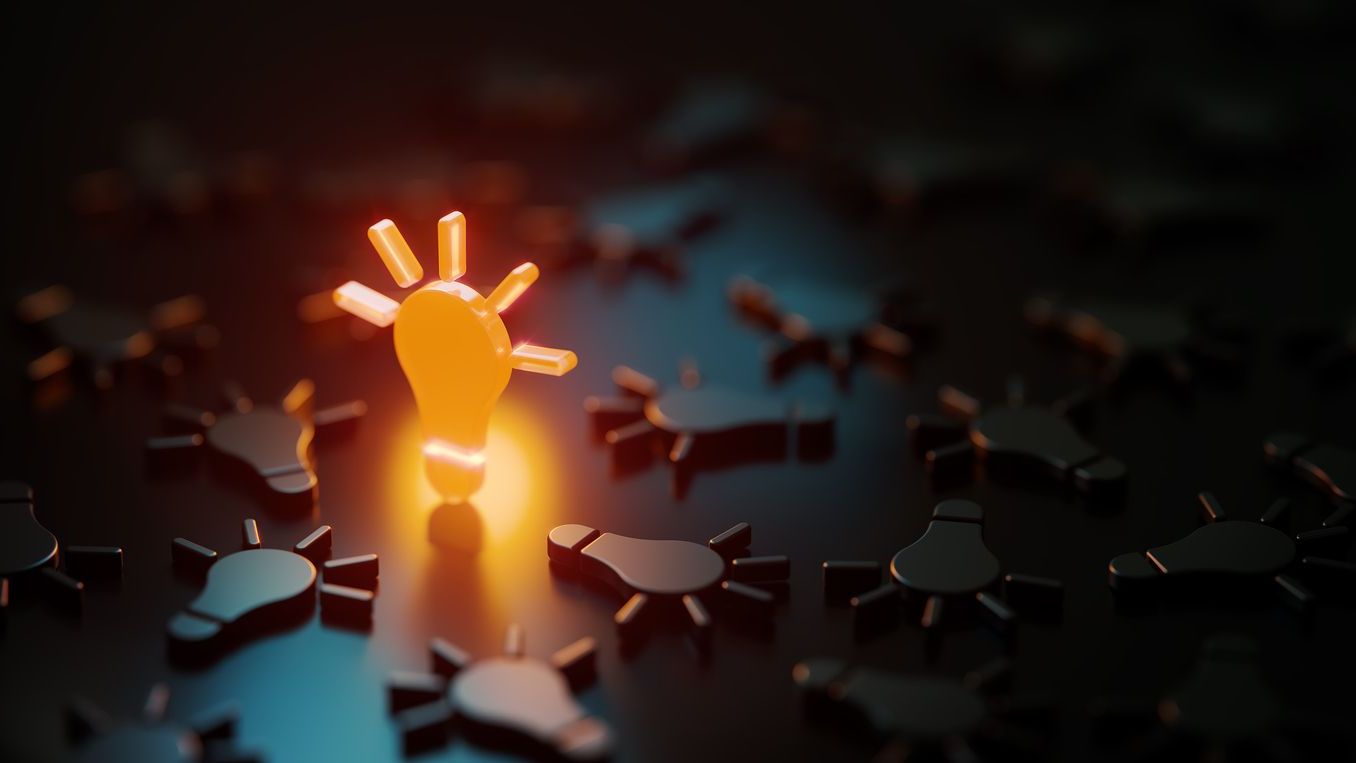ONCE, NOT ALL THAT LONG AGO, buying technology was a fairly straightforward process. A business would identify a need, talk to some vendors about it, purchase something from one of them, and pay a reseller or solution provider to install and support it, at which point the vendor would often slip off to make the next sale.
In the age of cloud computing and subscription-based everything, however, in which deals must be won and continually re-won through seamless procurement experiences and stellar service, buying IT is no longer a process. It’s a journey, and you’ve not reached its conclusion when a contract gets signed.
“”You’re in the middle of it,”” observes Ryan Walsh, chief channel officer at cloud distributor Pax8.
Indeed, when Walsh and other members of the Channel Advisory Board at industry association CompTIA set out to chart the new technology buyer’s journey last year, they wound up identifying 17 steps, seven of which happen after the sale. “”Whether you’re in the front of that buying journey, in the middle, or at the end of it, any one of these steps can knock a buyer out,”” Walsh says.
To prosper in a world remade by novel delivery and pricing models, in other words, vendors, distributors, and channel pros alike must understand not only how all those steps fit together, but how much they’ve changed in just a few years.
Dodging the Filters
The early steps in today’s buying journey center around marketing and are typically performed by customers online on a self-serve basis.
“”By the time they actually talk to [someone] about a particular product category or a specific vendor’s solution within that category, the customer has already educated themselves about that,”” Walsh notes.
Consequently, he and others say, tech companies must make themselves as visible as possible everywhere customers do research. That means investing in search engine optimization efforts aimed at sorting your company’s name near the top of results lists and building a state-of-the-art website that makes finding relevant information easy.
Furthermore, as commoditized cloud economics have made cost a less important consideration than reputation among potential clients, establishing yourself as a trustworthy authority on social media platforms like LinkedIn and Reddit is crucial too. “”It’s all about your following,”” says Juan Fernandez, vice president of managed IT services at ImageNet Consulting, a solution provider with offices in six states and headquarters in Oklahoma City.
Just make sure nothing you say, on social media or elsewhere, sounds like marketing. “”Customers have, over time, become a lot more tech savvy,”” says Jessica Mehring, CEO of Colorado Springs, Colo.-based marketing firm Horizon Peak Consulting. “”They’re much smarter about filtering out the noise, and from a practical standpoint literally filtering out ads, and emails, and things that don’t apply to them.””
IT providers must therefore emphasize the business pains and aspirations of their would-be clients in marketing rather than their own capabilities and offerings, she continues. “”That involves actually talking to your customers and finding out what it is they care about, what’s keeping them up at night, what problems they’re having, and then focusing your content around that. That’s going to get through a lot of filters.””
A Never-Ending Journey
As critical as impersonal tools like websites and search engines are in the early part of the buyer’s journey, everything changes when marketing gives way to sales. With chatbots and automated emails becoming the norm, businesses ready to start speaking with IT partners increasingly crave a more human touch.
“”B2B buyers have gotten wise to a lot of the automation tactics, and not just the automation elements but also the robotic voice that can go along with it a lot of the time,”” Mehring says. Channel pros with a little gray in their hair often enjoy a distinct competitive advantage as a result, she adds. “”Folks that kind of come into this from that old-school way of marketing and selling, which is more relationship based, are in a better position to overcome this, because they’re used to having those one-on-one conversations.””
Attentiveness remains essential after the sale too. Customers today expect white-glove service during the onboarding process, white-glove support after that, and an ongoing dialogue with their IT provider indefinitely.
“”There really is no end of the buyer’s journey,”” Mehring observes. “”If you’re not constantly reengaging with those customers and asking them what their problems are, what solutions they’re seeking, and having those conversations, what you know about your customers is going to be wrong at some point.””
The repercussions can be disastrous: 32% of consumers surveyed by consulting giant PwC in 2018 said they would walk away from a brand they love after just one bad experience. Worse yet, a business that gets vocal online about its displeasure with you can scare away future clients. Buyers who look for five-star reviews when shopping on Amazon, Fernandez notes, also watch peer opinions carefully when evaluating technology partners.
“”Negative feedback in any light will automatically start to grow if you don’t stop it,”” he says. Conversely, happy customers can win you more business, notes Mehring, who recommends creating an easy process for submitting referrals and rewarding customers for using it.
Channel pros can’t navigate the new technology buyer’s journey alone, though, Walsh cautions. Vendors must assist by providing co-brandable marketing materials that let resellers tap into their brand recognition and know-how. “”Progressive partners recognize that to put their best foot forward they need to leverage the expertise of the vendor,”” Walsh says.
Distributors, meanwhile, must excel at helping partners turn stand-alone cloud offerings into complete, multifaceted solutions. “”Now more than ever, these products have to work together with other products,”” Walsh observes.
That obligates players across the IT industry ecosystem to work together as well. “”Everyone has to play a part,”” Walsh says. If they do, the complex tech buying journey can be a profitable one for everyone involved.
Image: iStock















